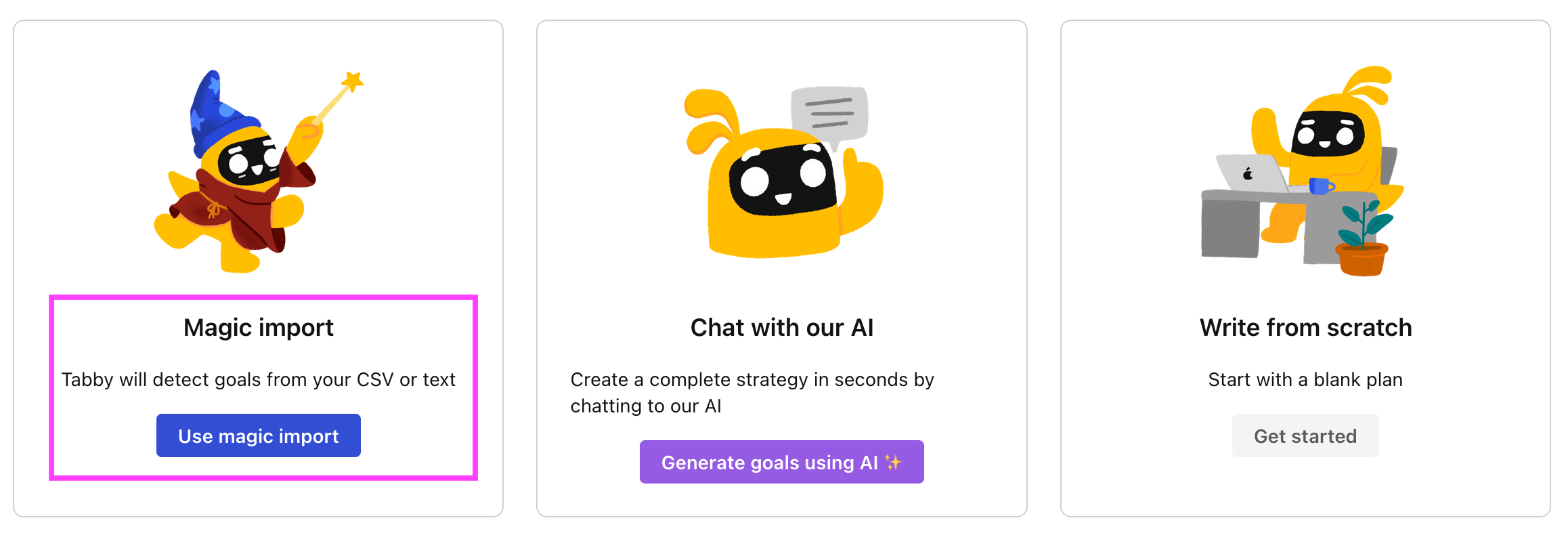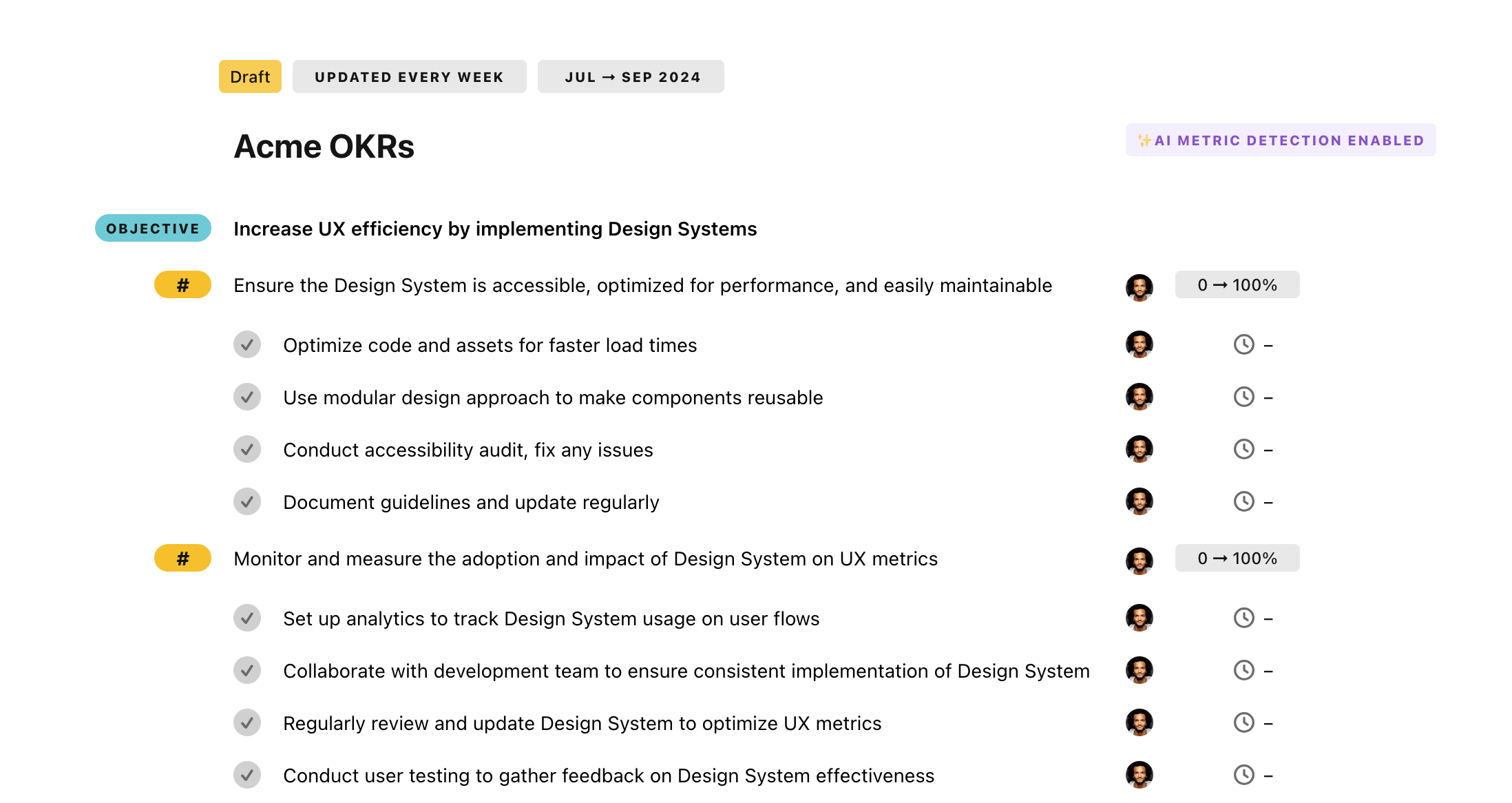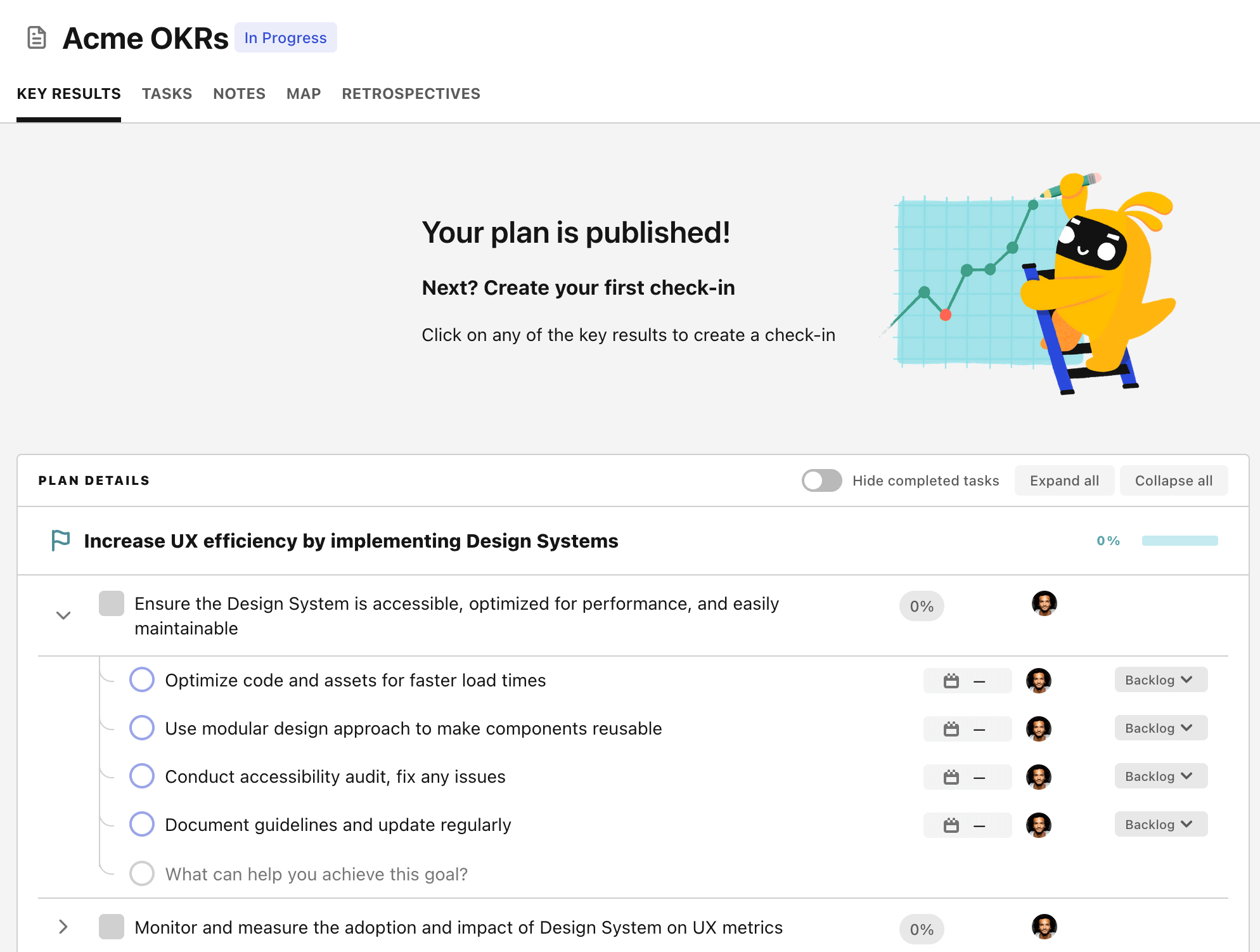OKR template to successfully complete environmental design university course and secure a job
Your OKR template
The second part of the OKR involves achieving a minimum score of 85% in all the remaining course modules. To achieve this, immediate clarification is required when facing difficulty in understanding concepts. Allocating at least 2 hours daily for studying and understanding course modules and a regular weekly revision to reinforce understanding and recall capacity are among the core initiatives.
The OKR also highlights submitting and receiving exceptional feedback for the final year project. Initiatives for this include thoroughly completing and proofreading the final project, submitting it to the advisor for review, and reflecting on the feedback received.
Overall, the OKR integrates strategies that ensure optimal learning, completion of the university course, and securing a job in the environmental design field post-graduation.
ObjectiveSuccessfully complete environmental design university course and secure a job
KRSecure a position in an environmental design company upon graduation
Apply for internships within environmental design firms
Boost portfolio with environment-centric design projects
Network in industry-specific professional groups
KRAchieve at least 85% score in all remaining course modules
Request for clarifications immediately if facing difficulty in understanding concepts
Dedicate 2 hours daily for studying and understanding course modules
Revise lessons weekly to reinforce understanding and recall capacity
KRSubmit and receive outstanding feedback for the final year project
Complete and proofread final project thoroughly
Submit final project to advisor for review
Collect and reflect on received feedback
How to edit and track OKRs with Tability
You'll probably want to edit the examples in this post, and Tability is the perfect tool for it.
Tability is an AI-powered platform that helps teams set better goals, monitor execution, and get help to achieve their objectives faster.
With Tability you can:
- Use AI to draft a complete set of OKRs in seconds
- Connect your OKRs and team goals to your project
- Automate reporting with integrations and built-in dashboard
Instead of having to copy the content of the OKR examples in a doc or spreadsheet, you can use Tability’s magic importer to start using any of the examples in this page.
The import process can be done in seconds, allowing you to edit OKRs directly in a platform that knows how to manage and track goals.
Step 1. Sign up for a free Tability account
Go tohttps://tability.app/signup and create your account (it's free!)
Step 2. Create a plan
Follow the steps after your onboarding to create your first plan, you should get to a page that looks like the picture below.

Step 3. Use the magic importer
Click on Use magic import to open up the Magic Import modal.
Now, go back to the OKR examples, and click on Copy on the example that you’d like to use.

Paste the content in the text import section. Don’t worry about the formatting, Tability’s AI will be able to parse it!

Now, just click on Import from text and let the magic happen.

Once your example is in the plan editor, you will be able to:
- Edit the objectives, key results, and tasks
- Click on the target 0 → 100% to set better target
- Use the tips and the AI to refine your goals
Step 4. Publish your plan
Once you’re done editing, you can publish your plan to switch to the goal-tracking mode.

From there you will have access to all the features that will help you and your team save hours with OKR reporting.
- 10+ built-in dashboards to visualise progress on your goals
- Weekly reminders, data connectors, and smart notifications
- 9 views to map OKRs to strategic projects
- Strategy map to align teams at scale